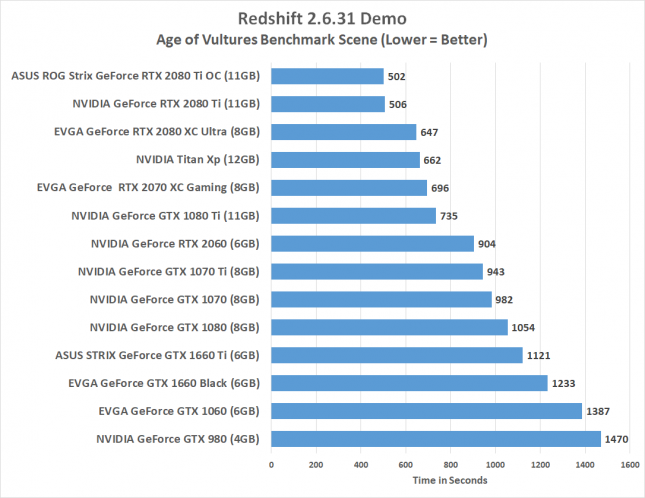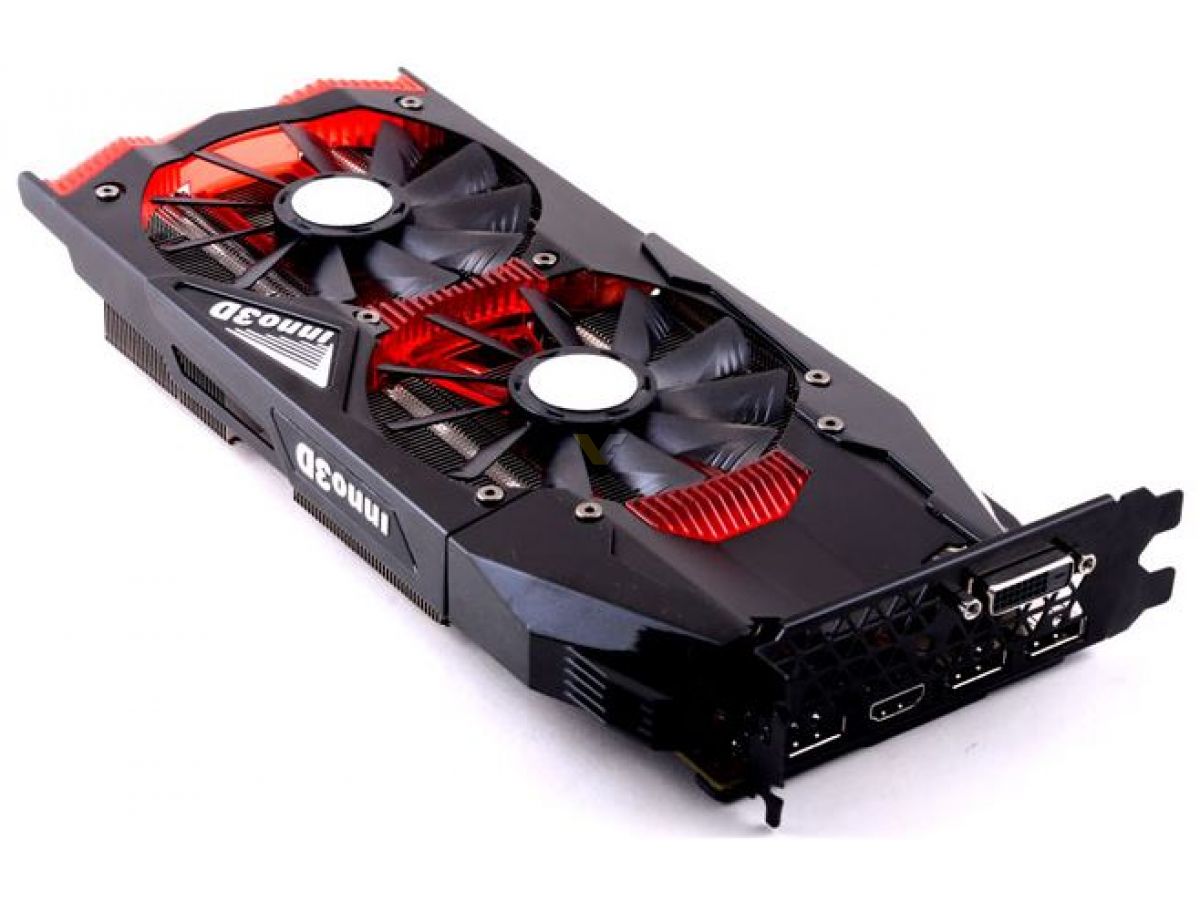

The clock is not the only difference compared to the regular GTX 1060 though. The base frequency (1063-1265 MHz) is also much lower than on the regular GTX 1060 (1506 MHz, at least -16%) and the Boost (1341-1480 MHz) is also much lower compared to 1708 MHz (at least -13%) for the regular GTX 1060. It is designed for thin and light laptops and about 10-15% slower than a regular GTX 1060 for laptops based on the cooling capabilities. The Nvidia GeForce GTX 1060 with the Max-Q design is a mobile high-end GPU from the Pascal series. NVIDIA GeForce GTX 1060 Max-Q ► remove from comparison The power consumption of the Max-Q design is notably lower than the normal GTX 1080 for laptops and ranges between 90 and 110 Watt (TGP) according to Nvidia. See our detailed Pascal architecture article for more details. DisplayPort 1.4 (ready), HDMI 2.0b, HDR, Simultaneous Multi-Projection (SMP), improved H.265 video en- and decoders (for PlayReady 3.0) are only some of the improvements. The GP104 chip is manufactured in 16nm FinFET process at TSMC and offers a range of new features.

#Gtx 1060 opencl benchmark full#
Therefore, most demanding games should be playable in full HD and maximum detail settings (see game benchmarks below). The performance is nearer to the normal (Max-P) GeForce GTX 1070 than to then GTX 1080 (at least in the Asus Zephyrus).
#Gtx 1060 opencl benchmark drivers#
The drivers for the Max-Q version were optimized for efficiency (and not performance only for Max-Q models), there are optimized voltage converters for 1V operation, high-end cooling methods, and a 40 dB limit for the fan noise (with clock adjustments to ensure this at all times). The clock is not the only difference compared to the regular GTX 1080 though. The base frequency (1101-1290 MHz) is also much lower than on the regular GTX 1080 (1566 MHz, at least -18%) and the Boost (1278-1458 MHz) is also much lower compared to 1733 MHz (at least -16%) for the regular GTX 1080. It is designed for thin and light laptops and about 10-15% slower than a regular GTX 1080 for laptops based on the cooling capabilities. The Nvidia GeForce GTX 1080 with the Max-Q design is a mobile high-end GPU from the Pascal series. NVIDIA GeForce GTX 1080 Max-Q ► remove from comparison


 0 kommentar(er)
0 kommentar(er)
